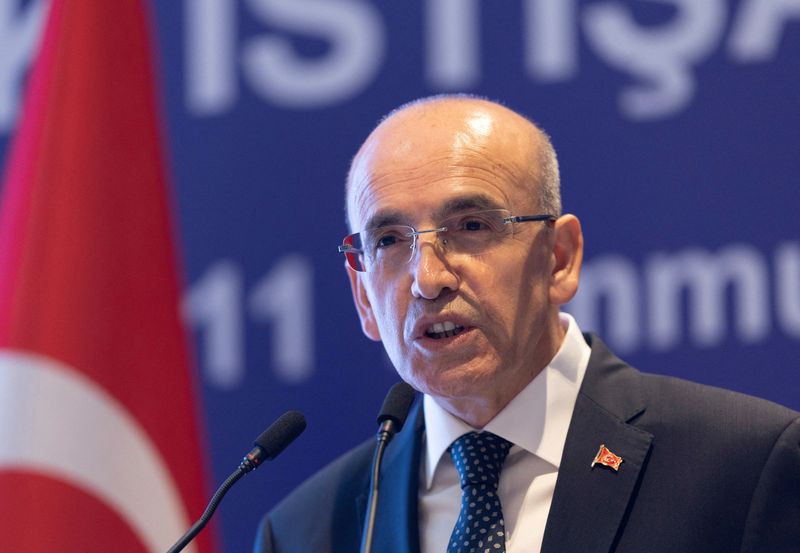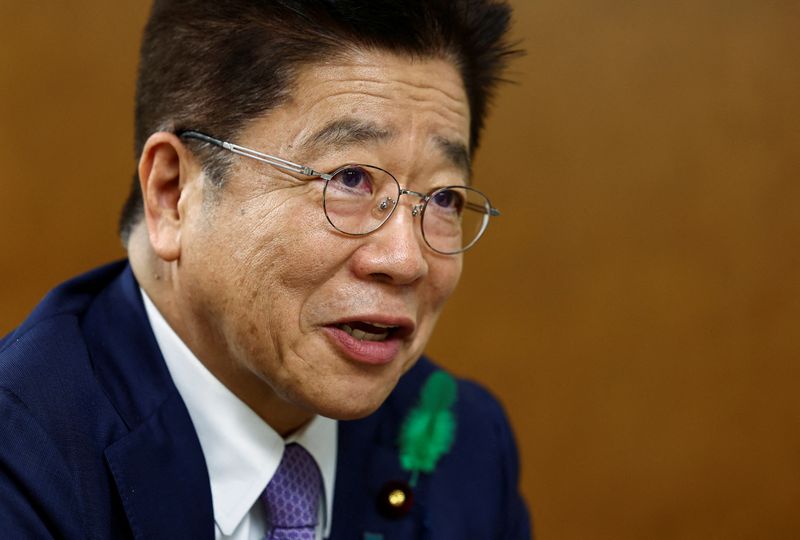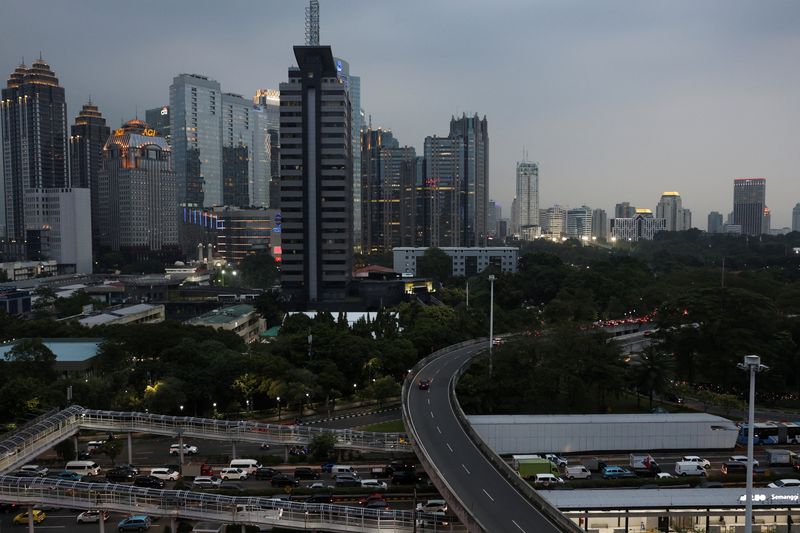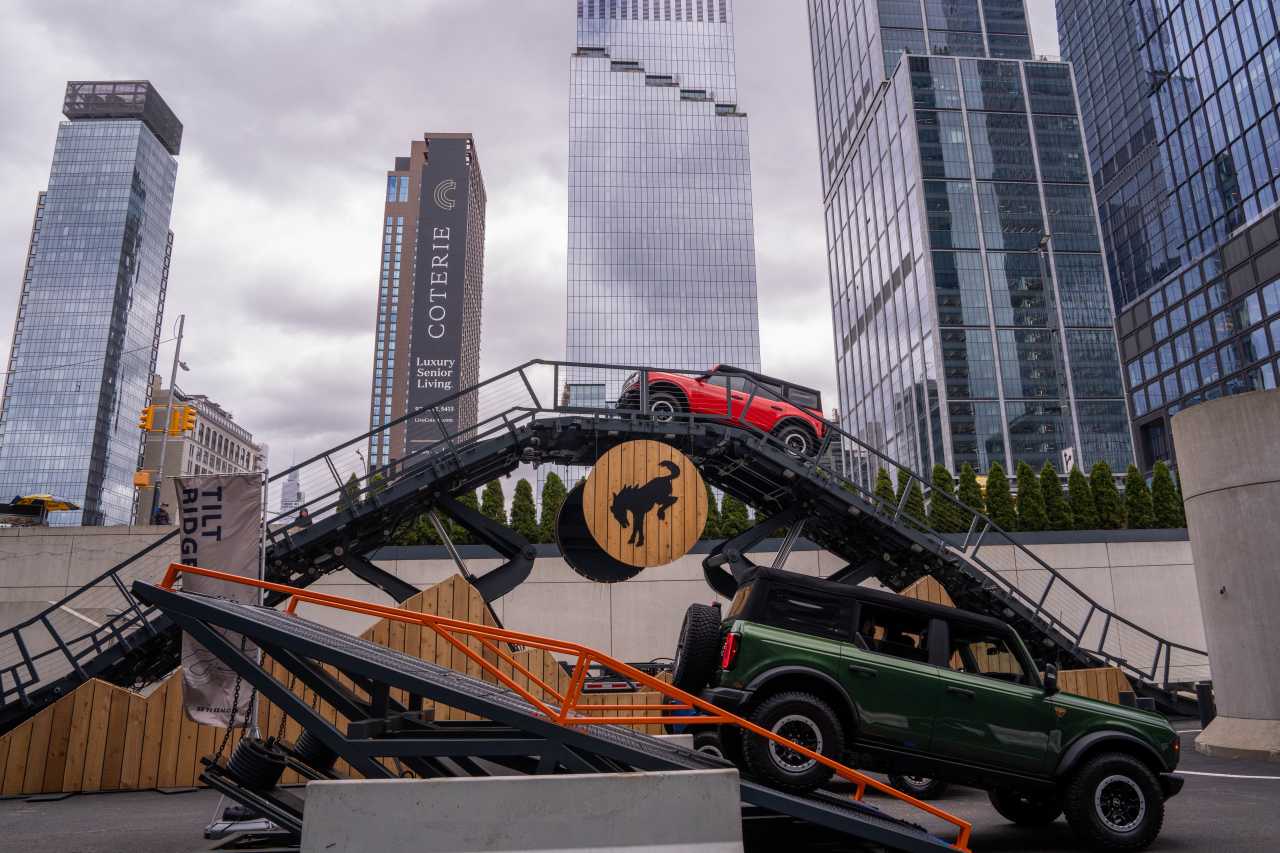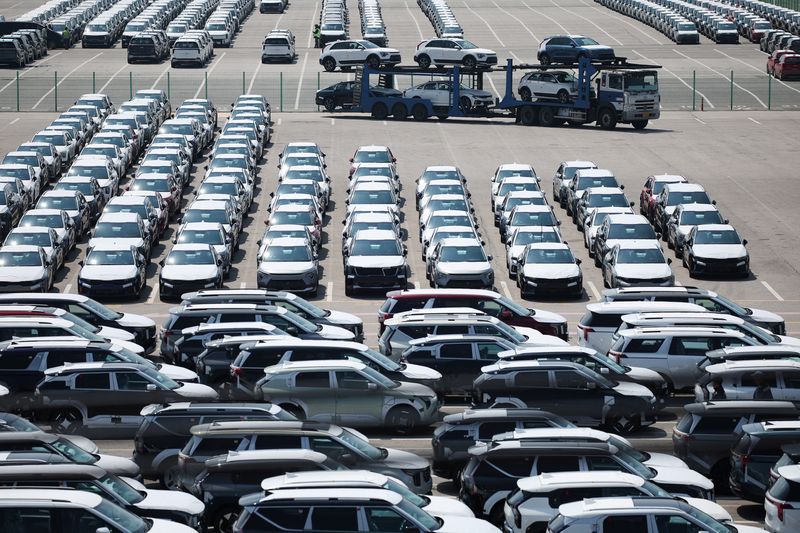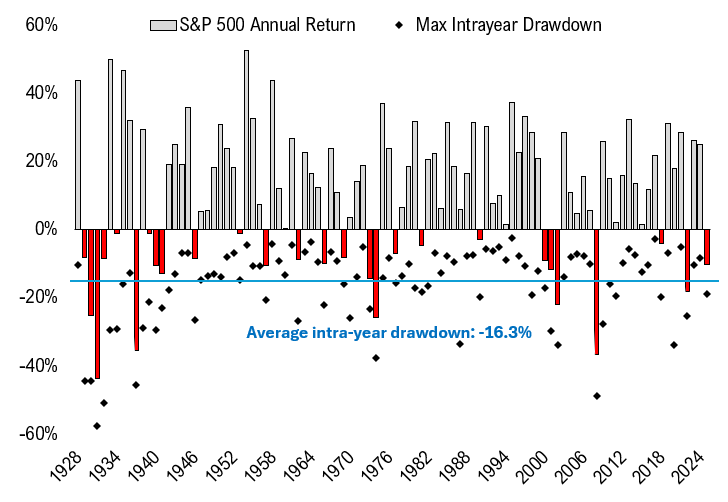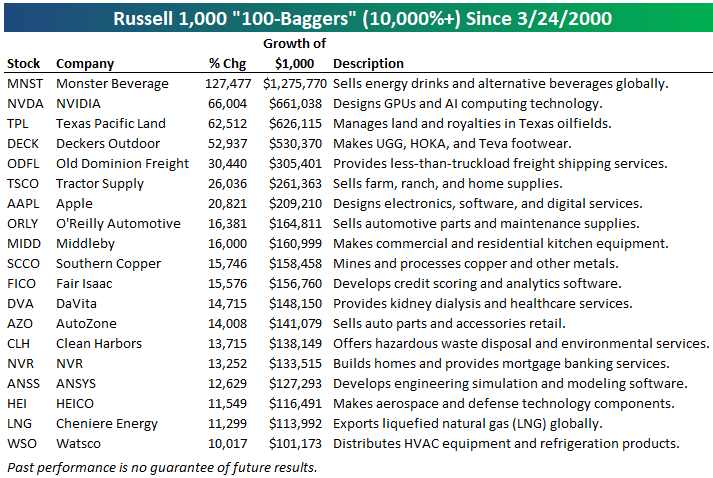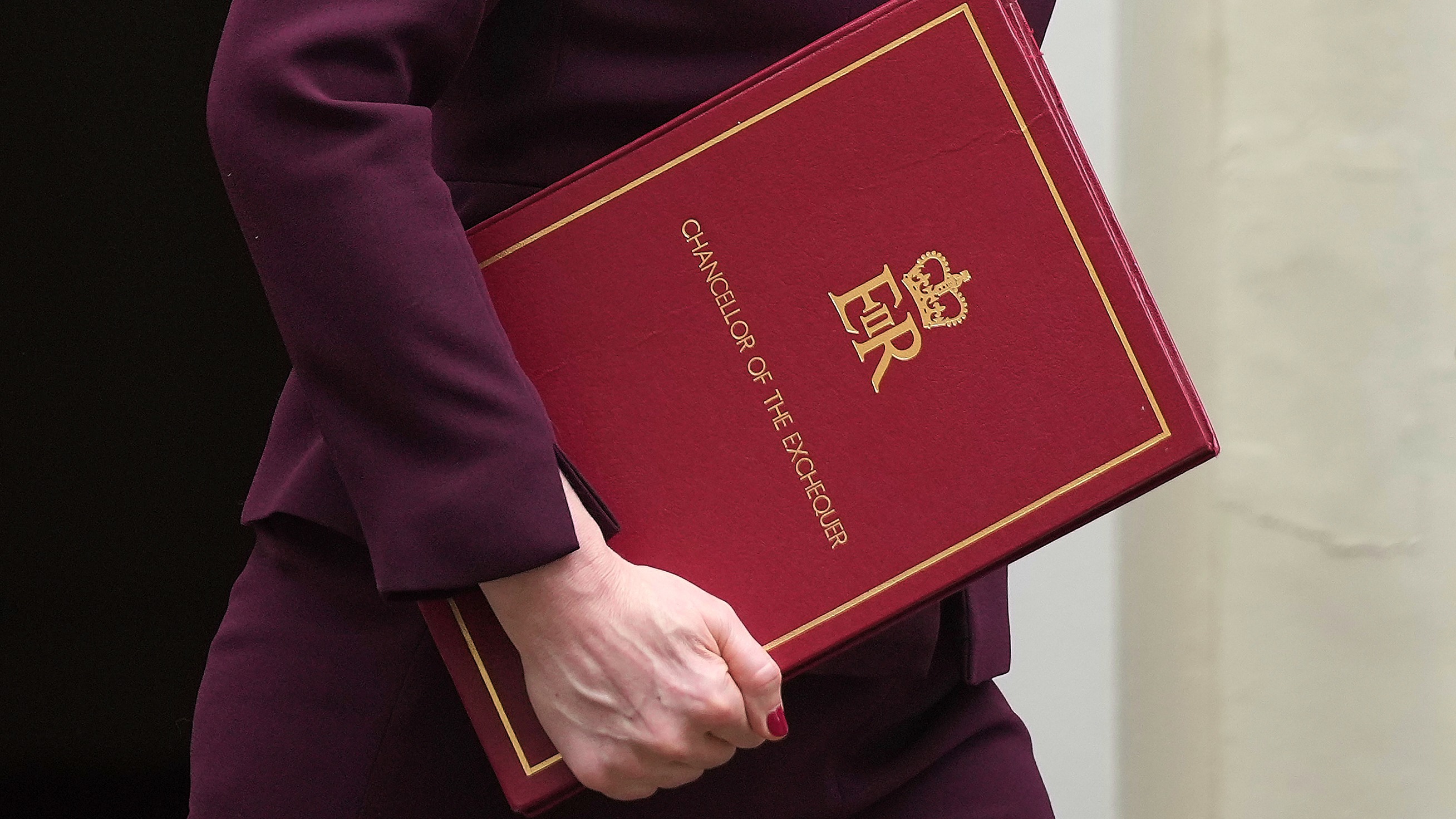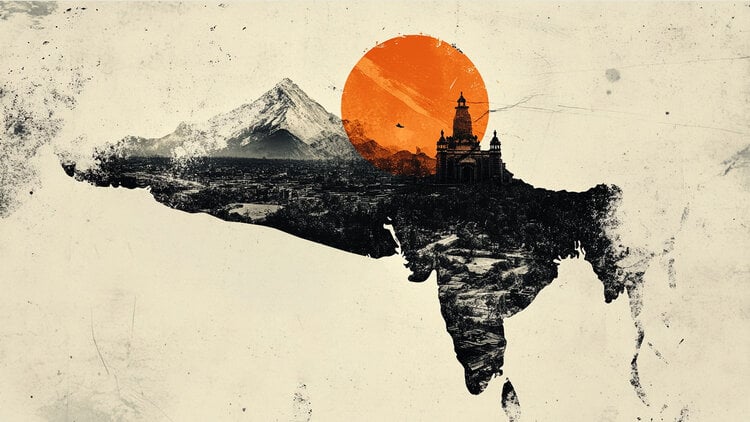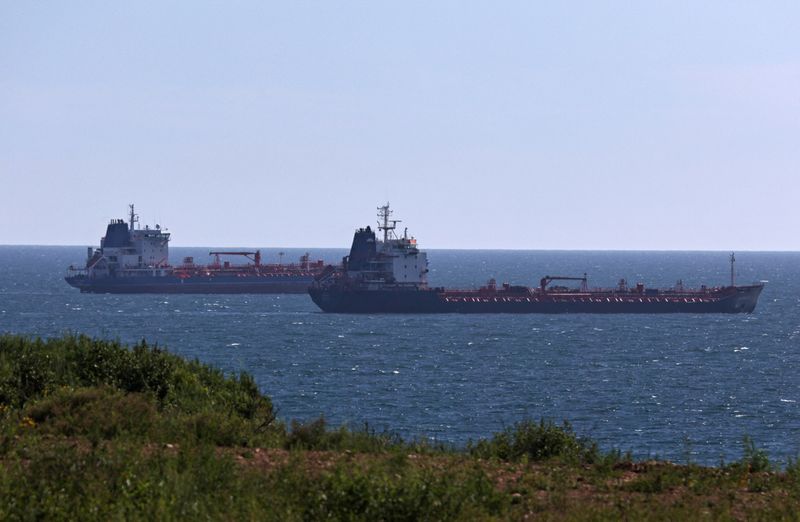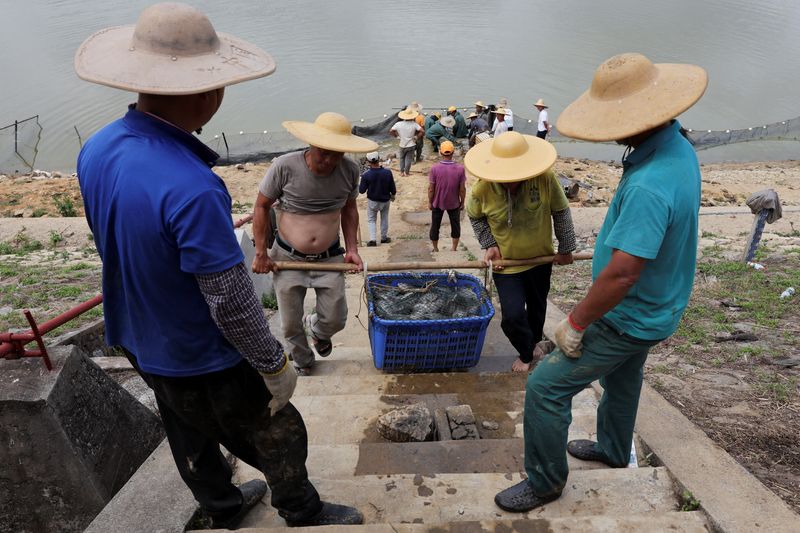Russia’s Best Tanks Have Devastating Fatal Flaws
Russia’s once-feared tank fleet has taken heavy reputational hits in Ukraine. Design flaws, maintenance failures, and tactical missteps have stripped away the myth of invincibility and revealed a system in deep trouble. We’ve got the full breakdown for you on the devastating fatal flaws of the warhorses of the mighty Russian military machine. Russian Tank […] The post Russia’s Best Tanks Have Devastating Fatal Flaws appeared first on 24/7 Wall St..
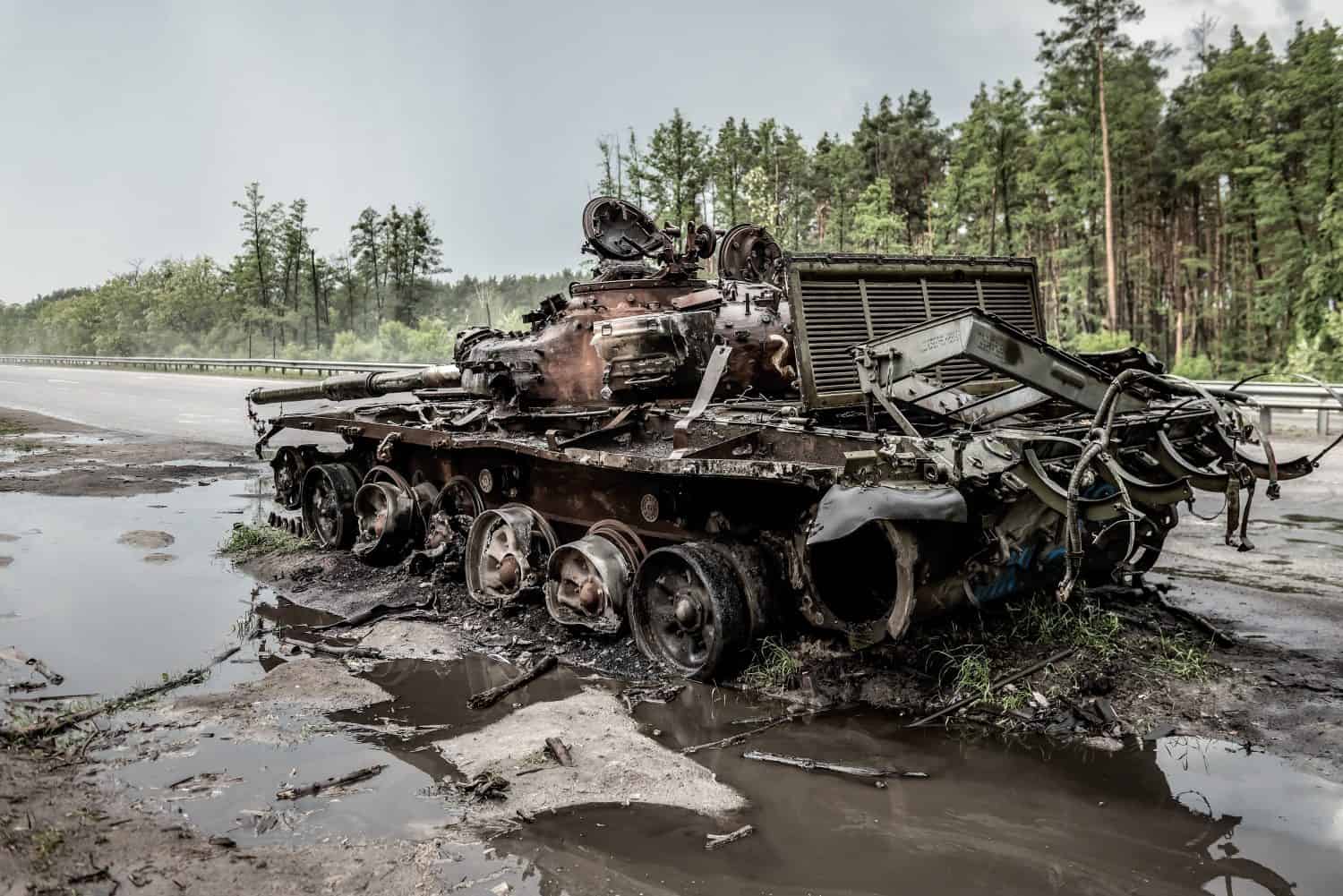
Russia’s once-feared tank fleet has taken heavy reputational hits in Ukraine. Design flaws, maintenance failures, and tactical missteps have stripped away the myth of invincibility and revealed a system in deep trouble. We’ve got the full breakdown for you on the devastating fatal flaws of the warhorses of the mighty Russian military machine.
Russian tanks have a variety of problems in design and reliability that, coupled with operational and logistical errors, make them almost as deadly to their own side as their enemies.
Retiring early is possible, and may be easier than you think. Click here now to see if you’re ahead, or behind. (Sponsor)

Key Points
Russian Tank Losses Through the Roof

As of April 22, 2025, Russia has lost around 10,683 tanks in Ukraine—destroyed, damaged, abandoned, or captured. It’s a staggering number that shows just how brutal the war has been for Russia’s armored forces. Most of these numbers come from open-source intel, verified footage, and battlefield reports. The bottom line is that Russia is losing tanks faster than it can replace or repair them—production covers only about 30% of what’s being lost. That means their combat-ready tank fleet is shrinking fast, and the cracks are showing.
Tank Losses by Model
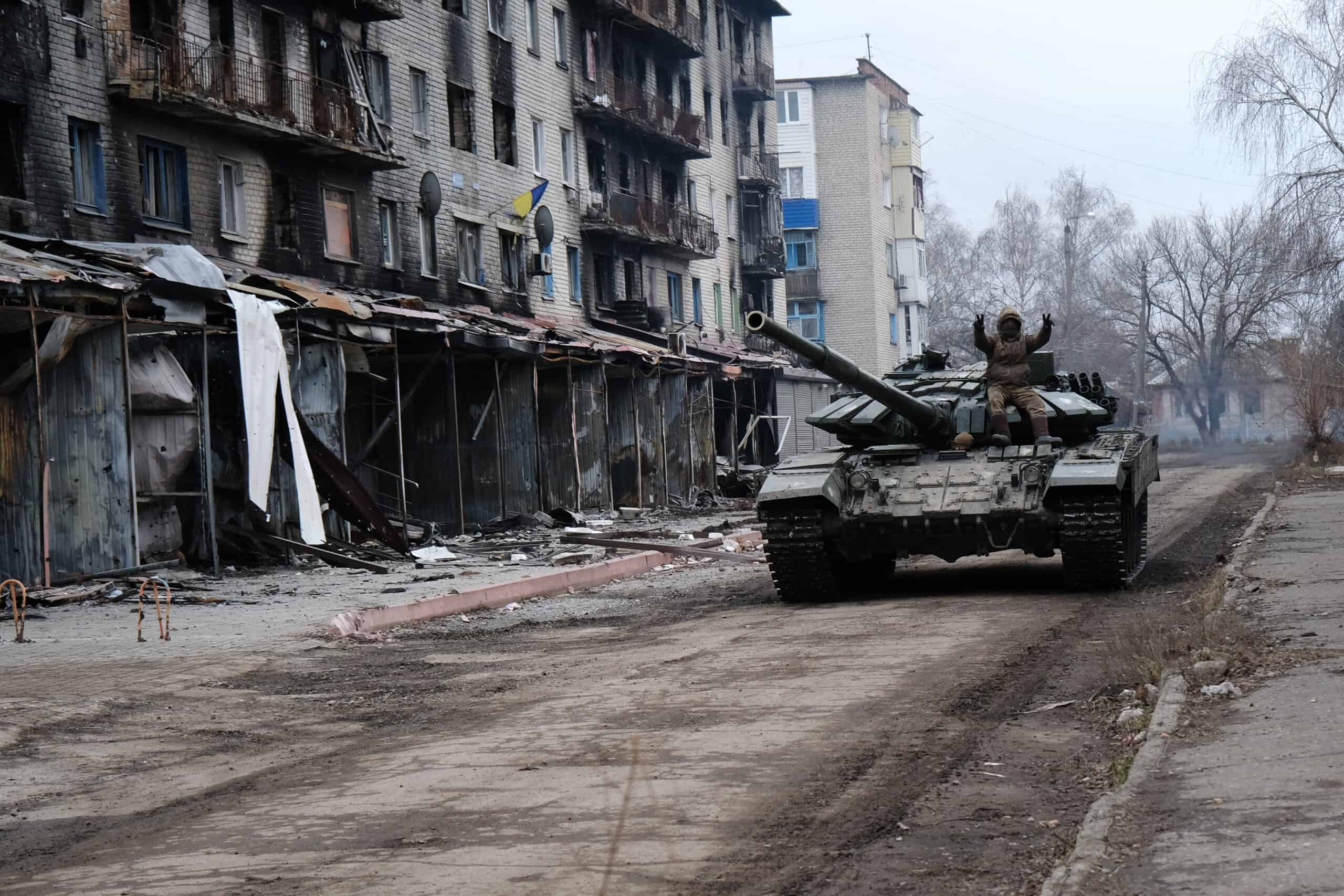
T-80: These have taken the biggest hit, with over 1,000 confirmed destroyed by late 2024. Nearly two-thirds of recent Russian tank losses are T-80s, even though the T-72 is technically more common. The T-80’s gas turbine engine gives it speed, but burns through fuel and breaks down often. Russia’s trying to replace losses with upgraded T-80BVMs, but can’t build them fast enough to keep up.
T-72: Still the workhorse of Russia’s tank fleet, the T-72 has lost at least 1,660 units. Losses have slowed a bit, but only because there are fewer left to lose. Instead of building new ones, Russia is trying to modernize old T-72s, but they’re not doing it fast enough. T-72B3 variants make up most of what’s in the field, and many have been wiped out or captured.
T-90: This is Russia’s most advanced tank that’s widely used—and it’s not immune either. About 43% of the fleet has been knocked out, including the newer T-90M Proryv, which was supposed to be a major upgrade. Ukraine has even captured some of these, which is a major embarrassment for Russia. T-90s are fewer in number overall, but their loss rate is still high.
Older models (T-62, T-64): Russia has had to drag older tanks like the T-62 and T-64 out of storage just to fill gaps. They’re a small portion of the overall losses, but the fact they’re back in service at all shows how deep the shortage is.
Jack-in-the Box Kills

One of the biggest weak spots in Russian tank design is how they store and load ammunition. Unlike Western tanks like the M1 Abrams, which keep ammo in a separate compartment, Russian tanks use an autoloader system that stores shells right in the turret or near the crew. That setup means if the tank gets hit just right—by a missile or drone—it can set off the ammo and blow the whole turret sky-high. This is what’s known as the “jack-in-the-box” effect, and it usually means the tank’s a total loss, with little chance the crew survives.
Poor Armor

Armor isn’t much better. Even with explosive reactive armor (ERA) added on, Russian tanks still have exposed weak points like the upper front plate and turret ring—perfect targets for modern anti-tank weapons. ERA helps against some threats, like shaped charges, but it doesn’t hold up well against high-speed kinetic rounds or precision strikes. Crews have been forced to slap on DIY fixes like sandbags, logs, or even bricks, which shows just how much they’re scrambling to patch up core flaws after the fact.
Limited and Cramped

Then there’s the issue of space and comfort—or lack of it. Russian tanks are cramped and hard to operate in for long stretches, especially compared to NATO models. That goes back to Soviet design philosophy: keep the tanks small to make them harder to hit. But that tradeoff now limits how much they can be upgraded and makes life harder for the crew, especially during extended fights.
Reliability: Not Built for the Grind
Mechanical reliability is another big headache for Russia’s tank crews. A lot of their machines, like the T-72 and T-80, are holdovers from the Soviet era—complicated, temperamental, and not built to handle rough terrain without constant maintenance. The T-80’s gas-turbine engine, while strong on paper, is infamous for breaking down and being a pain to fix in the field. On top of that, most Russian tanks are slower in reverse and have clunkier turret rotation than their Western rivals, which hurts their chances of dodging hits or reacting quickly in a fight.
Terrain Headaches

Ukraine’s landscape has only made things worse. Mud, soft soil, and uneven ground have turned into major obstacles, with plenty of footage showing Russian tanks bogged down or stuck before they even see combat. Their tracks and suspension systems just can’t keep up in those conditions, which has stalled progress and made the vehicles sitting ducks for ambushes, drones, and guided missiles.
Operational Mistakes That Cost Lives

It’s not just the hardware—Russia’s tank losses also come down to bad planning and weak tactics. A lot of their failures are tied to poor coordination, not enough infantry support, and a lack of combined arms strategy. Tanks have been sent forward without proper backup from foot soldiers or artillery, making them easy targets for drones, guided missiles, and well-placed ambushes. That’s a big reason for the sky-high losses—some estimates say Russia’s down about 3,000 tanks in Ukraine so far, a massive hit to their armored force.
Command System Failures

Their command system isn’t helping either. Decisions come from the top with little room for fast, on-the-ground adjustments. Logistics and operations aren’t synced up, so tanks end up running low on fuel, ammo, or spare parts right when they’re needed most. Russia clearly didn’t plan for a long fight—they thought it’d be quick. That miscalculation has left a lot of tanks stranded, broken down, or just sitting ducks.
Logistics and Maintenance in Collapse

Logistics have been a mess from the start. Russia’s struggling to keep its tanks running because the industrial base is outdated, factories can’t build fast enough, and sanctions have wrecked their supply chains. Newer tanks like the T-90M are only rolling out at a snail’s pace—less than 80 a year—while they’re losing tanks by the hundreds every month. A lot of older models sitting in storage, like the T-64s, are in such rough shape they’re only good for spare parts.
Repair Capacity

Tank repair capacity has taken a nosedive. Reports say the refurbishment rate is now a third of what it was early in the war. Maintenance crews are short on parts, and breakdowns are common—everything from busted weapons to failing radios. On top of that, poorly trained crews are being rushed into action without the skills to handle these complex machines. It’s left Russia with a shrinking pool of usable tanks, forcing them to drag out older models and even unarmored vehicles just to fill gaps.
Weapons and Targeting Systems Lagging

Russian tanks still pack a punch with their 125mm smoothbore guns, capable of firing a wide range of shells and guided missiles—but their targeting tech is behind the curve. Western tanks now come standard with high-end gear like laser rangefinders, thermal sights, and digital fire control systems that let them shoot accurately while on the move. Some newer Russian models have upgraded systems like “Kalina,” but most of the tanks actually in combat are stuck using older, less precise equipment—especially a problem in fast-moving battles or bad visibility.
What It All Means for Russian Armor
 These aren’t isolated issues. They stack up: poor design, unreliable mechanics, sloppy strategy, broken logistics. Russia may have thousands of tanks on paper, but it can’t keep enough of them running or modern to hold the field.
These aren’t isolated issues. They stack up: poor design, unreliable mechanics, sloppy strategy, broken logistics. Russia may have thousands of tanks on paper, but it can’t keep enough of them running or modern to hold the field.
Cheap Western weapons—like Javelins and drones—have flipped the tank battlefield. Russian tanks need infantry, air defense, and smart strategy just to survive. The era of massed, unsupported tank charges is over. If Russia wants to keep using tanks effectively, it needs a full reset: better designs, better logistics, better doctrine.
The tank used to symbolize Russian military power. Now it highlights how far that power has slipped.
The post Russia’s Best Tanks Have Devastating Fatal Flaws appeared first on 24/7 Wall St..

